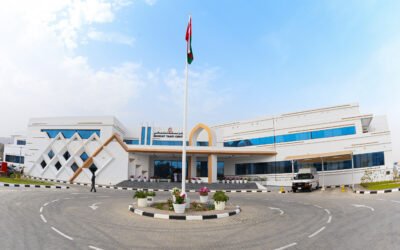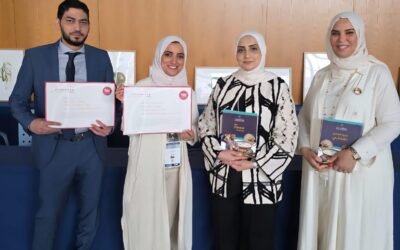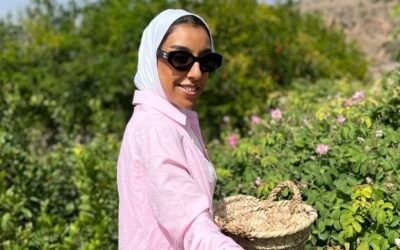From Royal Decree to Reality: Inside Oman’s Groundbreaking Autism Revolution!
The establishment of the Autism Spectrum Disorder (ASD) Care and Rehabilitation Center in Oman, supported by a royal allocation of 7 million Omani riyals, represents a comprehensive and strategic initiative to enhance support for individuals with autism and their families. Here’s a structured overview of the initiative:
1. Royal Commitment and Funding
- Leadership Vision: Sultan Haitham bin Tariq’s directive underscores a national commitment to inclusivity and aligns with Oman’s 2040 Vision, emphasizing empowerment and rights for individuals with disabilities.
- Financial Investment: The significant funding ensures the center’s establishment as a flagship institution, setting a precedent for future initiatives.
2. Core Services and Programs
- Early Diagnosis and Intervention: Critical for improving long-term outcomes, the center will offer comprehensive assessments and tailored therapeutic interventions (e.g., occupational therapy, speech therapy).
- Integrated Rehabilitation: Combines special education, psychological support, and behavioral therapy to enhance communication and social skills.
- Family and Professional Training: Counseling for families and specialized training for professionals to build capacity and foster effective support networks.
3. Strategic Collaboration
- Inter-Institutional Partnerships: Collaboration with the Ministry of Health, University Medical City, and NGOs like the Omani Autism Association ensures resource-sharing and expertise integration.
- Community Engagement: Civil society involvement through awareness campaigns and volunteer programs aims to reduce stigma and promote social acceptance.
4. Research and Data-Driven Policies
- Scientific Research: The center will collect national data on autism prevalence and intervention efficacy, informing evidence-based policies and strategies.
- Capacity Building: Workshops and partnerships with international experts will enhance local expertise in autism care.
5. Expansion and Equity
- Regional Accessibility: Plans to study needs in other governorates aim to address service disparities, ensuring equitable access through potential replication of the center.
- Sustainable Models: Emphasis on sustainable budgets and community involvement to maintain service quality and expansion.
6. Social Impact and Testimonials
- Parental Perspectives: Highlighted as a “beacon of hope,” the center addresses gaps in care, offering relief to families and fostering community integration.
- Awareness and Integration: Programs targeting schools and employers aim to create inclusive environments, enhancing opportunities for individuals with ASD.
Challenges and Considerations
- Accessibility: Ensuring remote populations can access services may require mobile units or outreach programs.
- Workforce Development: Training sufficient specialists will require partnerships with educational institutions and international bodies.
- Sustainability: Long-term funding and community engagement are critical to maintaining momentum beyond initial investments.
Conclusion
The ASD Care and Rehabilitation Center is a transformative project that integrates healthcare, education, and community engagement. By addressing immediate needs while fostering systemic change through research and collaboration, Oman positions itself as a regional leader in autism support. Success will depend on sustained commitment, adaptive strategies, and inclusive policies that prioritize the voices of individuals with autism and their families.




